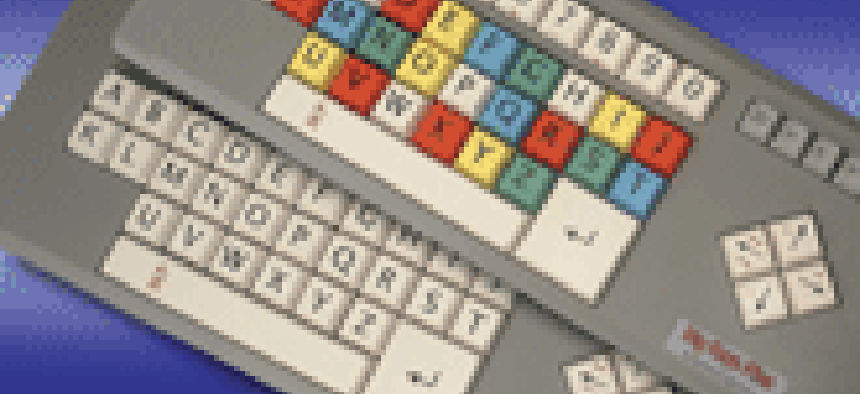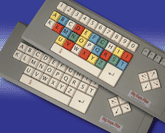Accessibility opens up

There are tens of millions of disabled workers and potential workers in the United States, and tens of millions more who could benefit from being able to communicate or learn more easily using computers.
There are tens of millions of disabled workers and potential workers in the United States, and tens of millions more who could benefit from being able to communicate or learn more easily using computers.But computer products haven't always made it easy. At first, computer software was easily accessible for many disabled users because it was text-oriented, but early hardware was not very easy to use.As the computer revolution moved on and more accessible hardware and tools became available, the standard became Microsoft Windows and Web browsers, with graphical user interfaces that were not particularly easy for many disabled users to work with.But today, Windows operating systems and Internet Explorer ? by far the dominant products in the government arena ? come with many software accessibility features, and a wide array of hardware is available to make them easier to use.Although most of the same companies have been involved in this field for well over a decade, recently some new companies, many of them foreign, have shown increasing interest in producing accessibility products that are filtering into the U.S. market through local distributors.Accessible hardware generally is divided into categories according to impairment. For example, although many visually impaired users can simply use a standard keyboard, especially with speech-feedback, some people prefer to have the keys labeled in Braille. Labeled keyboards are available, as are stick-on labels that can be used to quickly and easily modify any keyboard.Others regularly use Braille devices and can work much more easily with a real six-key Braille input device. They would find it as difficult to switch between Braille and QWERTY as other users would to switch between DVORAK and QWERTY.Mobility impairments, many of which can be addressed easily by relatively inexpensive hardware, range from repetitive stress injuries to the challenges of quadriplegics who can only move their heads.Some users need a guarded keyboard or one with large keys. This is important for those who lack fine motor control. Other users need a smaller-than-usual keyboard to compensate for impaired range of motion. Customized keyboards can sometimes address cognitive impairment.Using alternative hardware and software to make computers more accessible to disabled workers isn't just a good investment in experienced employees. In most instances, it's the law. Fortunately, it's usually inexpensive. Most adaptive technology isn't complex or sophisticated. Often a better mouse pad or a workstation with adjustable keyboard mount makes all the difference. Adapting a workstation can be as simple as putting the monitor up on a few phone books or taping some cardboard glare shields to its sides. But even severely impaired workers who can only move their heads can use a standard computer with the addition of voice-recognition software and a head-mounted cursor controller. The cost easily could be less than $2,000 for such employees, which almost certainly meets the Americans with Disabilities Act's reasonable accommodation requirement.Many off-the-shelf ergonomic products also can adapt workstations for disabled users. Before you explore the expensive customized devices that are really intended for severely impaired users, consider the alternatives you can find in any office supply catalog. These include monitor and keyboard arms or larger monitors. You might even find that customizing software, such as adding boilerplate and macros to a word processor program, is all that's needed.In the accompanying chart, I've tried to focus on the less well-known companies and devices, some of them new to the market. For the most comprehensive list of adaptive technology, check out the site at , of Abledata of Silver Spring, Md., sponsored by the Education Department's National Institute on Disability and Rehabilitation Research. The site includes a searchable online database that lists nearly 20,000 individual adaptive devices and programs.
 Rising interest brings variety of products to market
Rising interest brings variety of products to market
www.abledata.com
John McCormick is a free-lance writer and computer consultant. He was a judge in the 1991-92 Johns Hopkins National Search for Computing Applications to Assist Persons with Disabilities, and is the author of a 1994 book on adaptive office technology that was co-sponsored by Government Computer News.

Greystone Digital's $159 Big Keys LX, for users with poor vision or motor control, has QWERTY and ABC versions.
www.abledata.com
John McCormick is a free-lance writer and computer consultant. He was a judge in the 1991-92 Johns Hopkins National Search for Computing Applications to Assist Persons with Disabilities, and is the author of a 1994 book on adaptive office technology that was co-sponsored by Government Computer News.